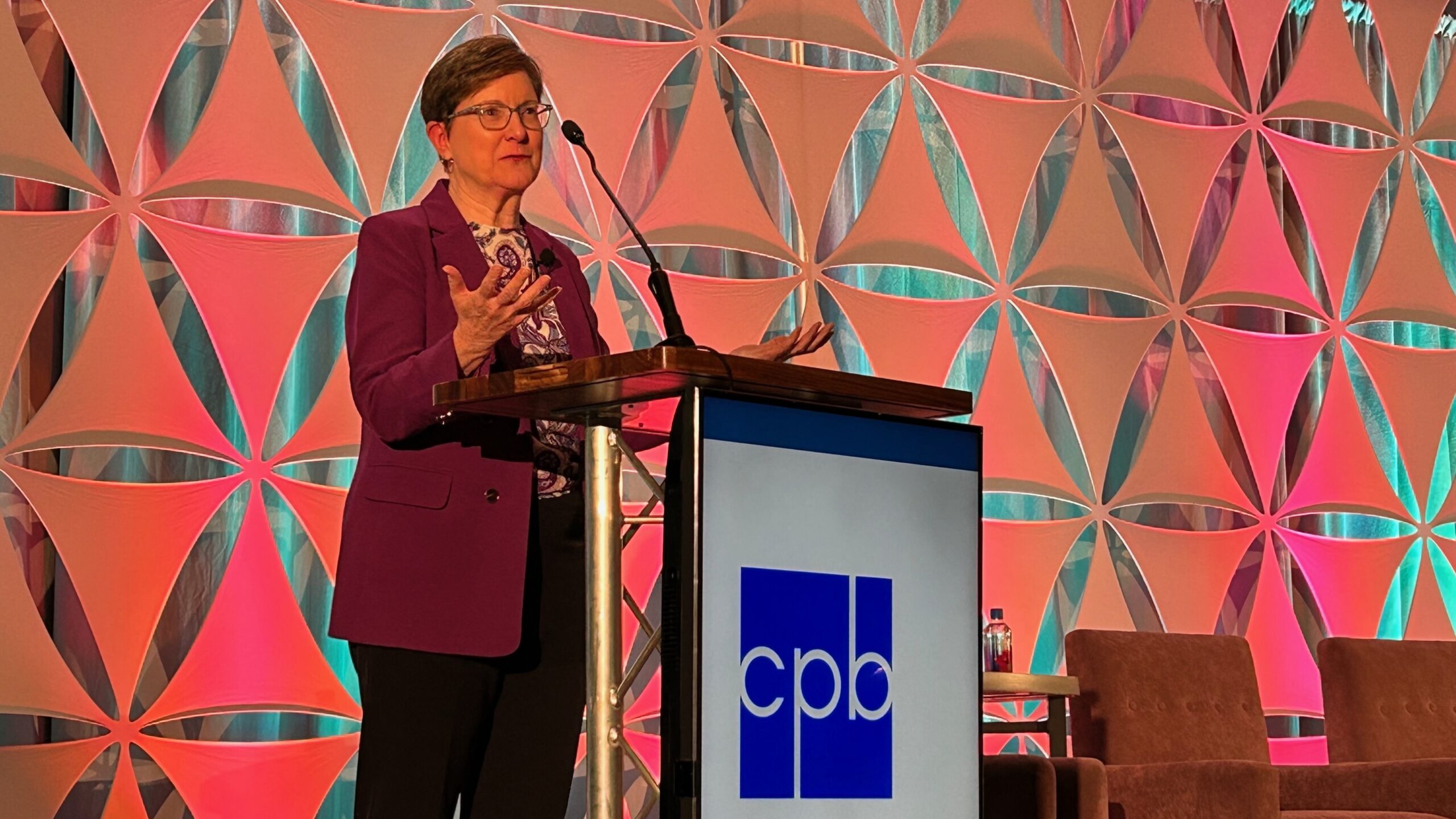Federal agency will help station build new tower despite broadcasts of Mass on Sundays
With its new transmission tower half built, WFUV-FM in New York City now has some more money to pay for it, after prevailing in a funding dispute with a federal agency, but its neighbors won’t rest until the station tears down the steel and erects it elsewhere.
The Fordham University station in the Bronx got its good funding news in December when the National Telecommunications and Information Administration settled the university’s lawsuit and gave WFUV an equipment grant of $262,858, plus about $100,000 in legal costs.
In declaring WFUV eligible for the federal grant, NTIA Administrator Larry Irving reversed his 1993 decision that the agency would not assist stations carrying religious programming, including WFUV’s weekly one-hour Catholic Mass.
Under the new policy, NTIA announced on Dec. 20 [1996], public broadcasting stations will be eligible for grants even if ”a grant might result in some attenuated or incidental benefit to sectarian interests,” though not if religious activities are ”the essential thrust of the grant’s purpose.”
”In other words,” says WFUV General Manager Ralph Jennings, ”it’s okay to serve the religious needs as well as the other needs of the community.”
”Religious voices cannot be driven from the public square,” said Fordham’s president, the Rev. Joseph A. O’Hare, in a press statement. ”The decision to deny Fordham funds based on one hour out of 168 hours of programming was a grotesque exaggeration of the First Amendment’s establishment clause, which ensures separation of church and state. The result was that the policy worked against the other side of the First Amendment, which protects free speech, including religious speech.”
NTIA’s policy reversal may affect other public broadcasters that carry limited religious programming. Cleve Callison, g.m. of Wake Forest University’s WFDD-FM in Winston-Salem, N.C., told Current that he’s encouraged that NTIA may now go ahead with a transmitter-replacement grant approved by the agency in 1994 but sidelined by Irving’s policy. WFDD also carries a worship service once a week.
Faced with Fordham’s lawsuit and an inquiry about the Wake Forest situation by Sen. Jesse Helms (R-N.C.), among other complaints, Irving sought public comment on revising the policy last June.
Board-to-board negotiations
Though NTIA had nixed the matching grant for the tower and other equipment, WFUV went ahead with construction in 1994 and promptly encountered a new opponent, across Southern Boulevard from Fordham’s campus.
Managers of the 250-acre New York Botanical Garden were horrified to find WFUV’s new tower rising near their elegant Victorian greenhouse, and got the city to halt construction on the tower in July 1994, when it had reached only 260 feet of its planned 480-foot height.
High-level negotiations between the boards of Fordham and the Botanical Garden were underway last week, according to Jennings and Karl Lauby, spokesman for the Garden.
Earlier legal encounters between the two institutions had not yielded a happy compromise.
The city’s Buildings Department ruled in November 1994 — and the city’s Board of Standards and Appeals agreed last June — that WFUV could build its tower if it meets setback rules by moving the structure just 25 feet farther from the edge of campus. The solution would cost WFUV hundreds of thousands of dollars without much improving the Garden’s view.
”It’s a bunch of foolishness, but that’s where we stand,” says Jennings.
The Garden has gone to court to appeal the Board of Standards and Appeals decision, while it pursues an environmental impact complaint at the FCC.
”They’re basically saying, ‘Don’t build anything we can see,’ ” says Jennings.
New York newspapers have vaulted into the controversy (”the Tower over the Bower”). The Times asked Fordham to do its moral duty and move the tower. The Daily News opposed the ”indefensible,” ”vulture-like” ”eyesore of mammoth proportions” — meaning the tower — while the New York Post took the opportunity to mock botanical ”elitists” even though that meant it was reluctantly siding with a station that carries NPR.
Jennings says the station needs the new tower for two reasons: to improve its signal and the comply with FCC safety rules.
- The new tower would put WFUV’s antenna at about 500 feet, compared to its present height of 190 feet, which he says is low for a tower in a big city. FCC figures indicate that WFUV’s population coverage would grow from 9 million to 11 million, though Jennings expects half that increase.
- The new tower would also put more space between the antenna’s nonionizing radiation and human beings. The 50,000-watt signal now originates from a mast of just 90 feet atop the three-story campus building where WFUV offices are located. Broadcasters all over the country are ”scrambling” to meet the radiation standards, Jennings says.
The present tower must also be moved because the old university building beneath it is suffering severe structural problems, according to Fordham.
Jennings contends that WFUV studied and rejected some 25 alternate tower sites before selecting the campus location. A major factor was the ability to maintain security, he said in a debate in the Daily News. Many tower site options, including those on Manhattan skyscrapers, are foreclosed by potential interference problems with several other FM stations using nearby frequencies in the region.
The dispute with horticulturalists over the tower location may be less intellectually exciting than the First Amendment struggle, says Jennings, but it may put the station at greater risk.





